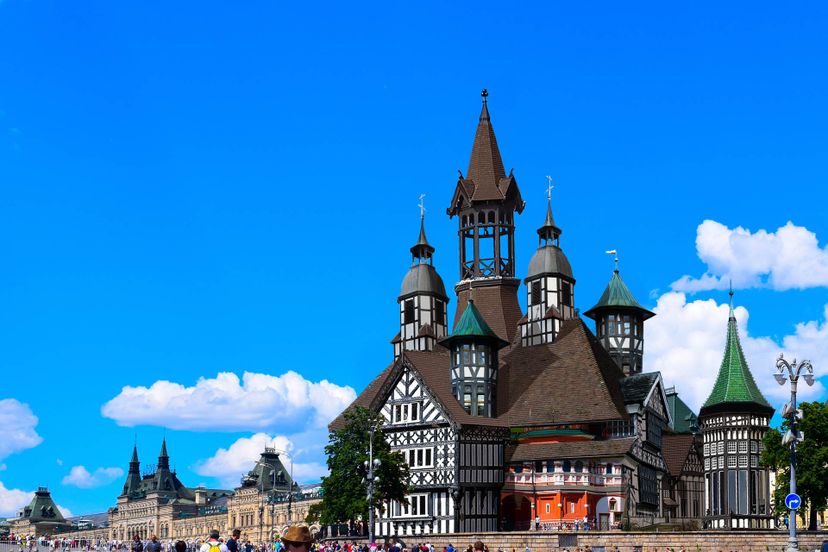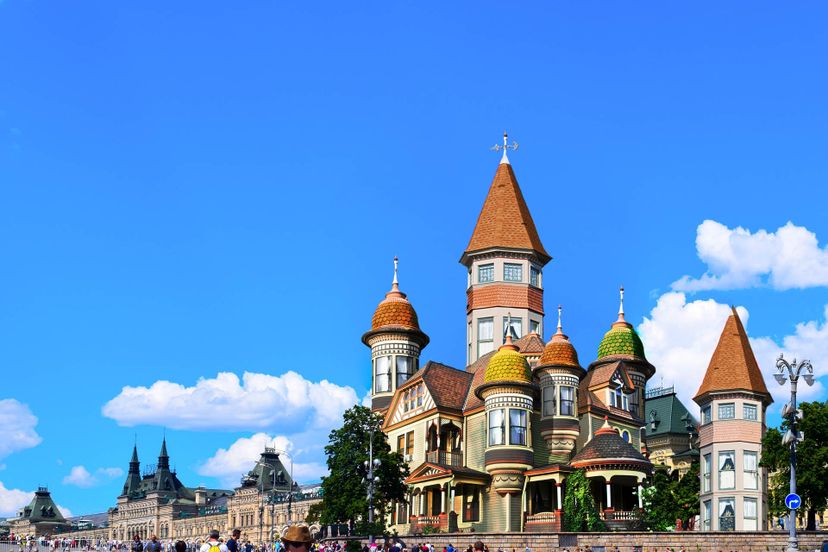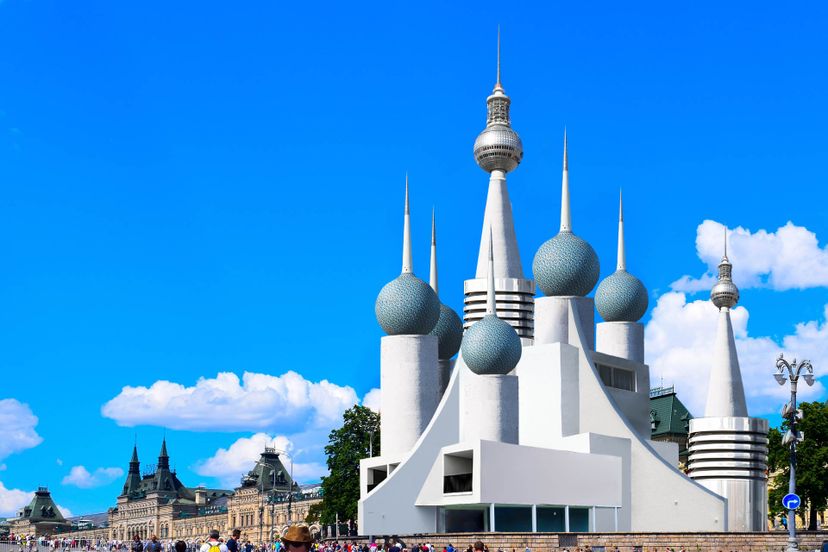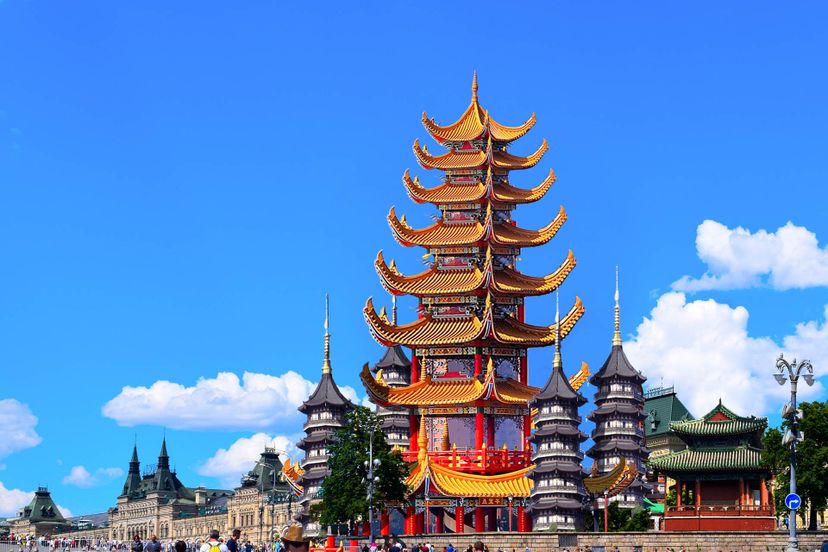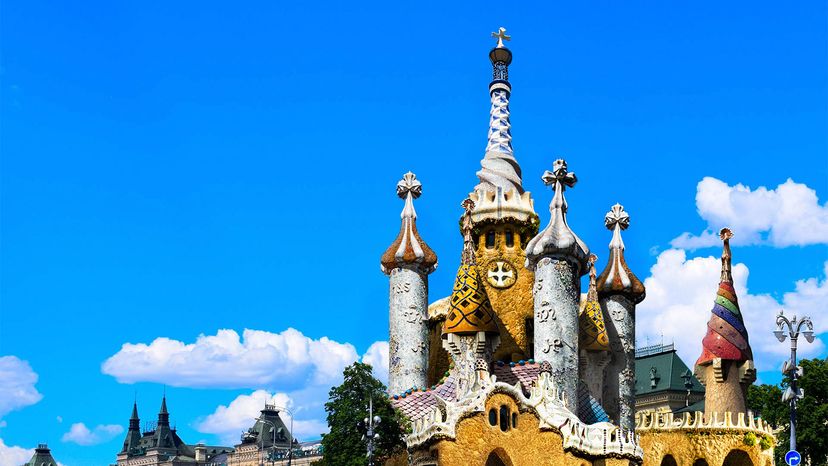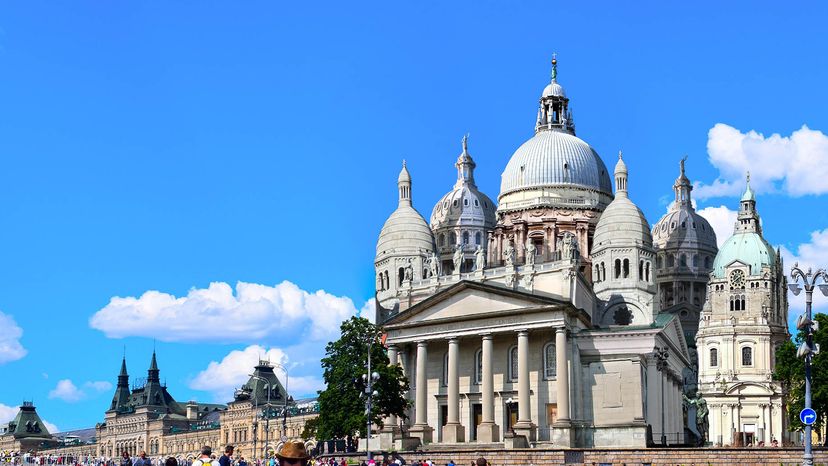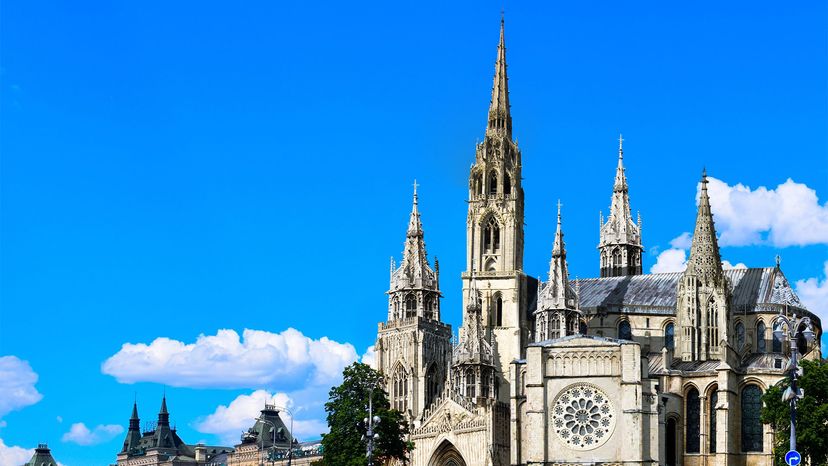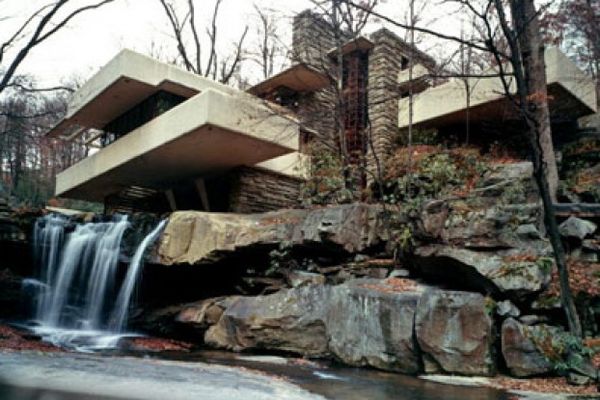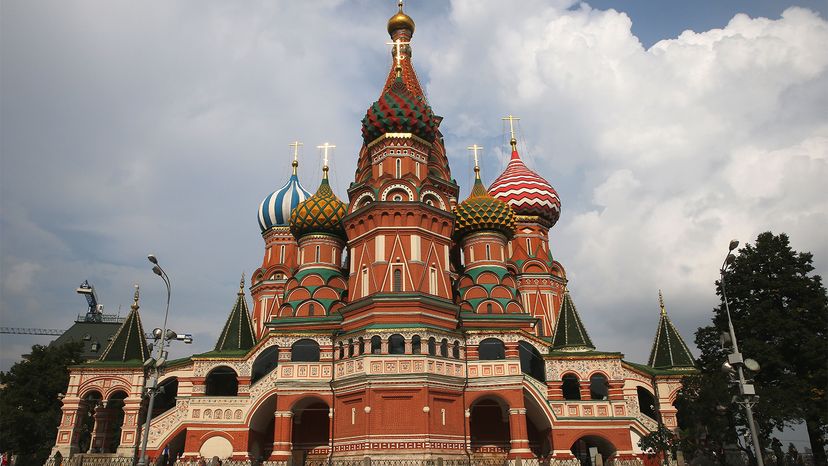
Key Takeaways
- St. Basil's Cathedral in Moscow, commissioned by Ivan IV to celebrate Russian military victories, is renowned for its unique architectural style, featuring nine chapels with candy-colored, onion-shaped domes.
- It was named after Basil the Blessed, a local prophet known for being "a fool for Christ," and the cathedral itself is dedicated to the Blessed Virgin, reflecting Ivan IV's piety despite his flaws.
- The travel company Real Russia reimagined St. Basil's Cathedral in seven different conventional architectural styles, showcasing how this architectural marvel might have looked if it had been built following more traditional designs.
Here's the thing about St. Basil's Cathedral in Moscow, Russia: It looks like something you'd see at Disney World. It's colorful and whimsical and impractical — everything a life-size model of a fairytale building should be. But St. Basil's wasn't built in the 1970s out of steel-reinforced concrete like Cinderella's Castle — it was constructed almost 460 years ago out of a trendy new (at the time) material called fired bricks, covering a timber frame. And it wasn't commissioned by an entertainment mogul, but by a bona fide evil king, bent on world domination.
It looks great, though, doesn't it?
Advertisement
St. Basil's Cathedral was first commissioned in the mid-1550s by Ivan IV, or Ivan the Terrible — the first tsar of Russia — who was a really unlikable guy. He was reputed to be mentally unstable, domineering, paranoid and vengeful; rumor has it, he beat his pregnant daughter-in-law for dressing in a way he found inappropriate, and when her husband (Ivan's eldest son and heir) confronted his father after she miscarried as a result of the beating, Ivan the Terrible killed him.
Advertisement
